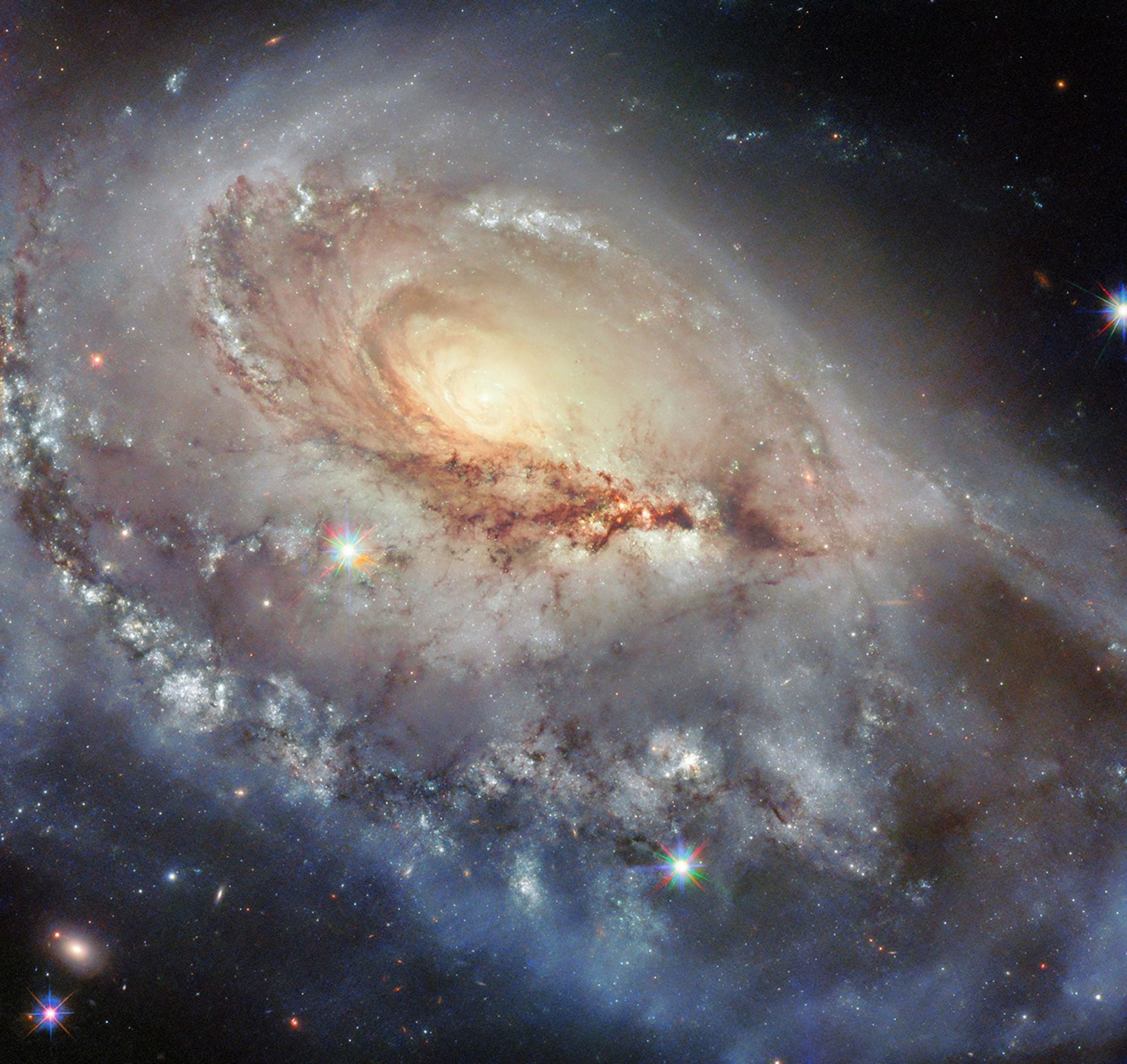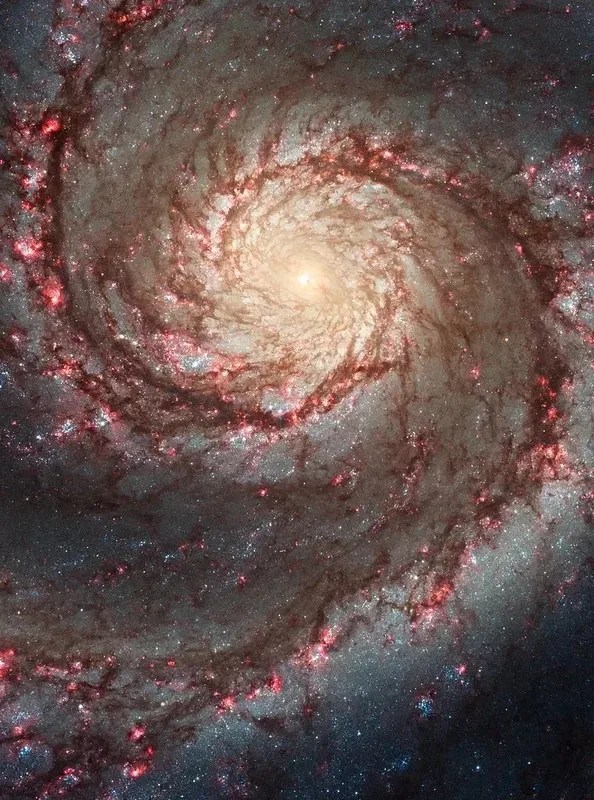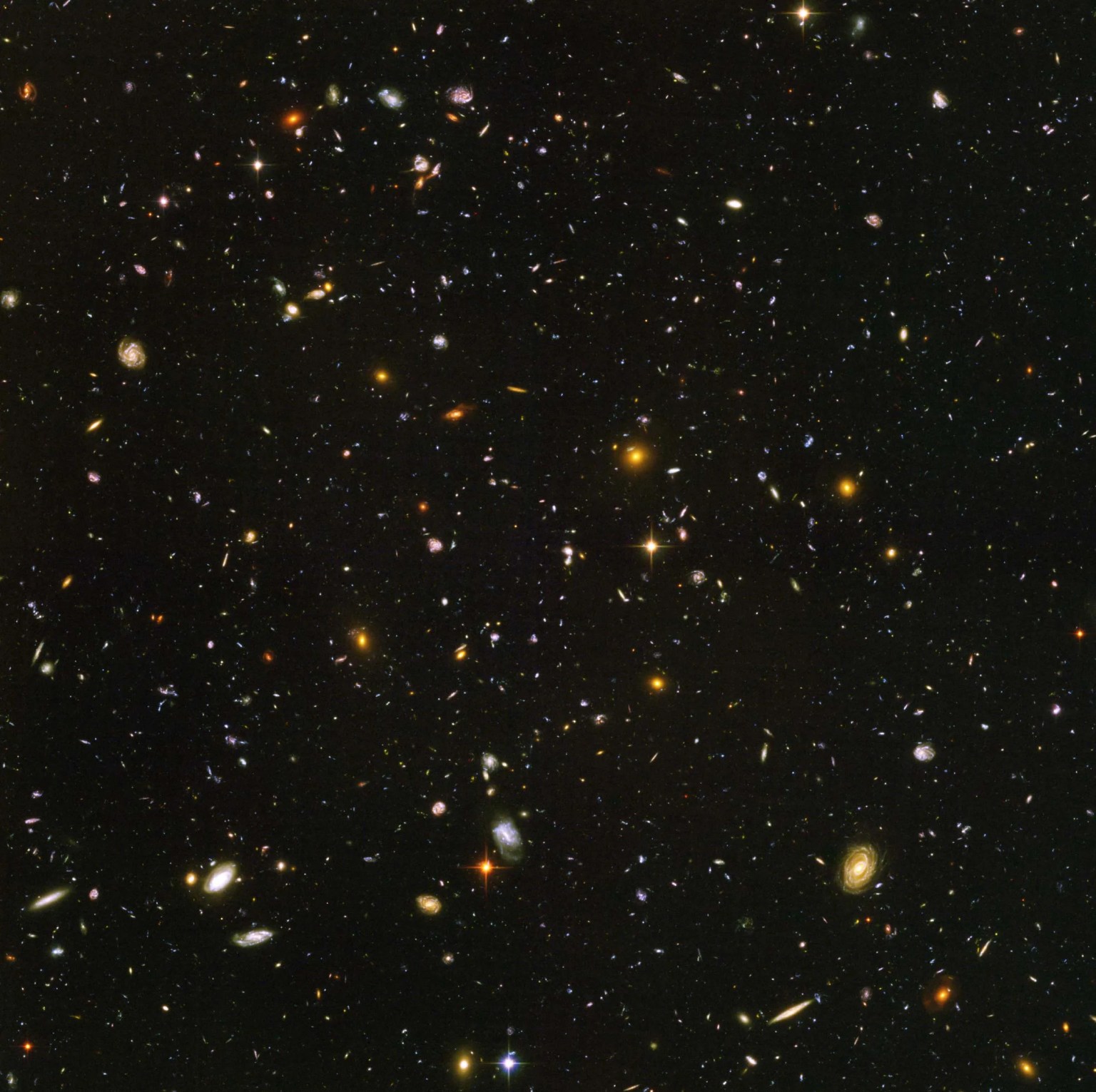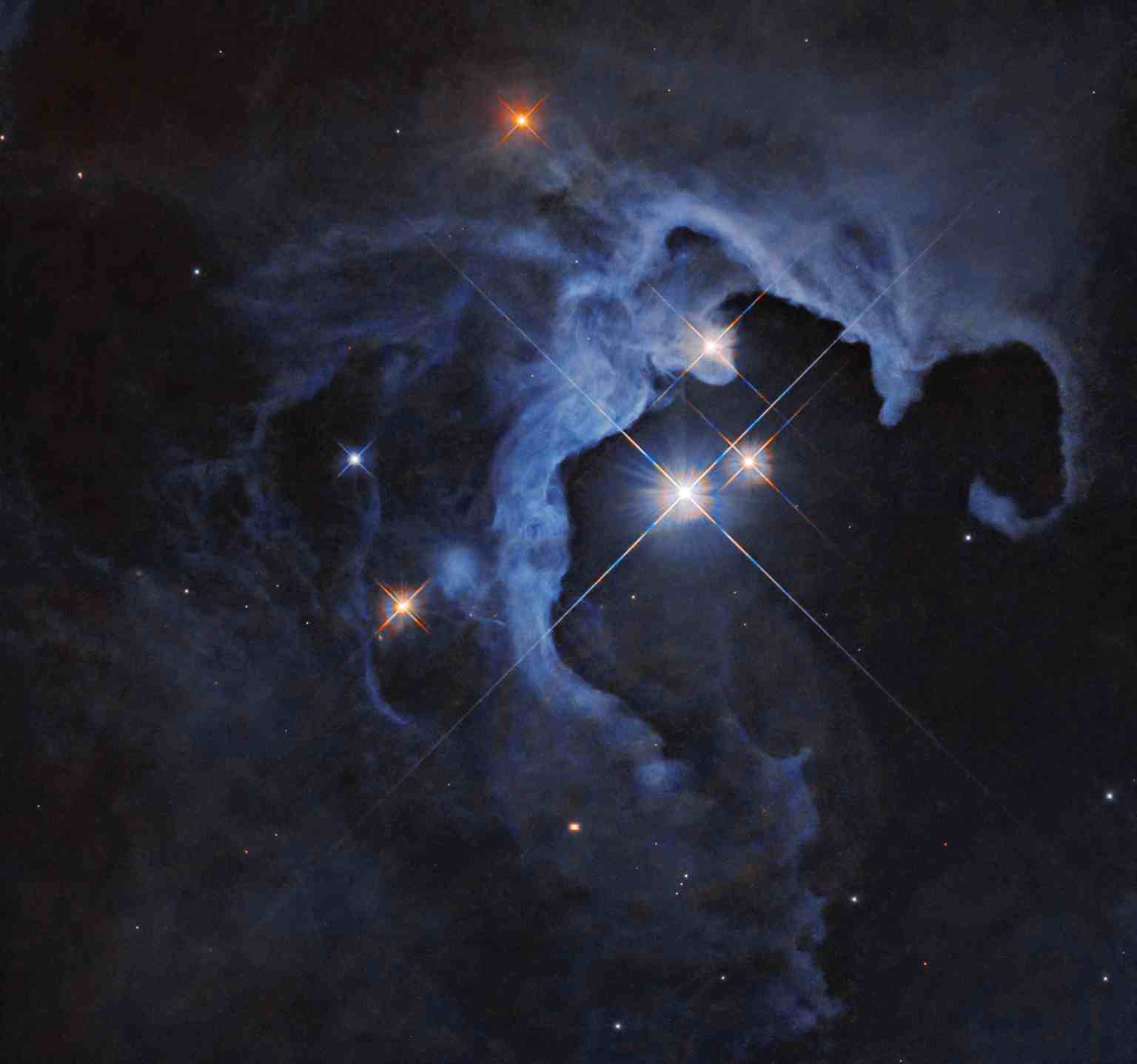Hubble Images a Peculiar Spiral
- Hubble Space Telescope has captured an image of a peculiar spiral galaxy called Arp 184 or NGC 1961, which is located approximately 190 million light-years away from Earth.
- The galaxy’s unique shape and structure were identified by astronomer Halton Arp in his 1966 Atlas of Peculiar Galaxies catalog, which features 338 galaxies with unusual shapes.
- The Hubble image was captured using data from three Snapshot observing programs that targeted the galaxy for its peculiar appearance and hosted four known supernovae in the past three decades.
- The Arp 184 galaxy is a rich target for studying supernovae and tidal disruption events, which can provide valuable insights into the universe’s evolution and structure.
- The Hubble Space Telescope has been instrumental in changing our fundamental understanding of the universe since its launch in 1990, with ongoing discoveries and observations continuing to reshape our cosmic view.
2 min read
Hubble Images a Peculiar Spiral
A beautiful but skewed spiral galaxy dazzles in this NASA/ESA Hubble Space Telescope image. The galaxy, called Arp 184 or NGC 1961, sits about 190 million light-years away from Earth in the constellation Camelopardalis (The Giraffe).
The name Arp 184 comes from the Atlas of Peculiar Galaxies compiled by astronomer Halton Arp in 1966. It holds 338 galaxies that are oddly shaped and tend to be neither entirely elliptical nor entirely spiral-shaped. Many of the galaxies are in the process of interacting with other galaxies, while others are dwarf galaxies without well-defined structures. Arp 184 earned its spot in the catalog thanks to its single broad, star-speckled spiral arm that appears to stretch toward us. The galaxy’s far side sports a few wisps of gas and stars, but it lacks a similarly impressive spiral arm.
This Hubble image combines data from three Snapshot observing programs, which are short observations that slotted into time gaps between other proposals. One of the three programs targeted Arp 184 for its peculiar appearance. This program surveyed galaxies listed in the Atlas of Peculiar Galaxies as well as A Catalogue of Southern Peculiar Galaxies and Associations, a similar catalog compiled by Halton Arp and Barry Madore.
The remaining two Snapshot programs looked at the aftermath of fleeting astronomical events like supernovae and tidal disruption events — like when a supermassive black hole rips a star apart after it wanders too closely. Since Arp 184 hosted four known supernovae in the past three decades, it is a rich target for a supernova hunt.
Media Contact:
Claire Andreoli (claire.andreoli@nasa.gov)
NASA’s Goddard Space Flight Center, Greenbelt, MD





